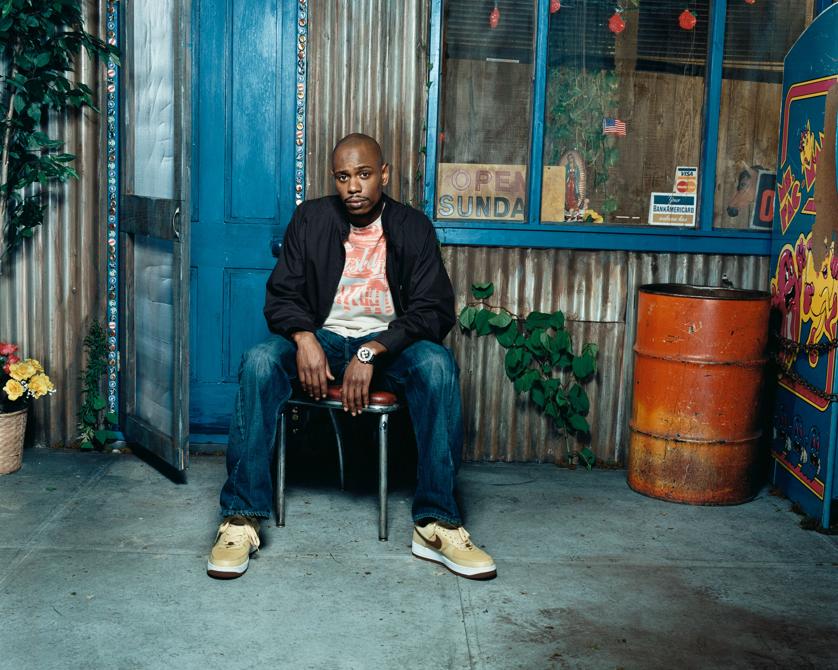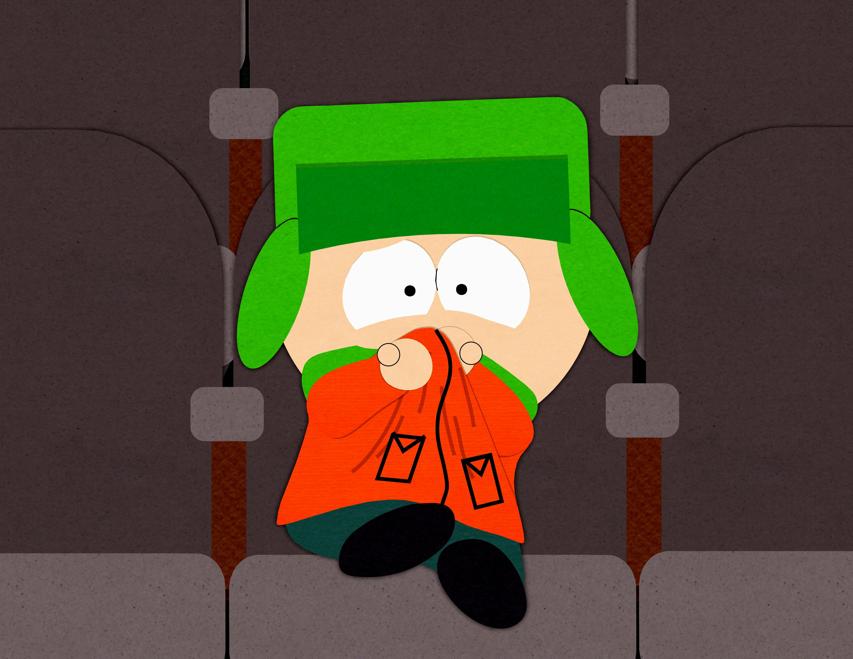



Twenty-five years ago this coming week, cable TV welcomed the newly dubbed Comedy Central, which was the merger of two earlier comedy channels. That anniversary provides me with an opportunity to gush and sing the praises of what has become one of the most influential TV outlets in recent years. Just as MTV in the 1980s captured the period when pop music became corporate and linked up inexorably with visual imagery, Comedy Central has helped define an era of fierce, and fiercely relevant, humor.
Jon Stewart, Stephen Colbert, Amy Schumer, Sarah Silverman, Dave Chappelle, Bill Maher, Keegan-Michael Key, Jordan Peele, Amy Poehler — they’re all people who’ve played a role in shaping today’s comedy, and they’ve all had Comedy Central series in the past decade or two. Mostly, critics and audiences of the TV revolution that began with “The Sopranos’’ and “The Wire’’ focus their respect on HBO, AMC, FX, Netflix, Amazon, and Showtime, and deservedly so. But I try to remember that Comedy Central is a major player in its own way, that it has been the home of greatness, too.
Of course the greatness isn’t necessarily dignified, and it frequently revels in immaturity. Between “Workaholics’’ and “Broad City,’’ there are probably enough fart jokes to keep a stadium of adolescents in hysterics for a few hours. But Comedy Central has broken molds that needed to be broken, and it has pushed envelopes that needed pushing. “Broad City’’ is a good example, as it ushers the female buddy trope as well as the stoner comedy into a far more egalitarian place. The lead characters, Ilana and Abbi, are finding their identities as they have their distinctively New York adventures — but they’re not defining themselves based on their relationships with men. They pass the Bechdel Test, even while they’re openly interested in sexual relationships. Not long ago, an openly sexual woman on TV had to be a “cougar,’’ something on the order of Samantha on “Sex and the City,’’ and not just a regular girl.
Other important boundary breakers include “Chappelle’s Show’’ and “Key and Peele,’’ both of which took on racial issues, and “Inside Amy Schumer,’’ which continues to go full bore on the likes of sexism, female self-esteem, and gun control. All of these series have featured some of the best sketch work to make it to TV, with Schumer’s “12 Angry Men’’ spoof a crowning achievement.
Breaking even more ground than those shows, though, is one of Comedy Central’s signature series, “South Park.’’ Nothing is sacred on “South Park,’’ which has been airing now for 20 years and has only gained in unapologetic sharpness. “South Park’’ brutally satirizes American culture, ridiculing both conservatives and liberals, various religious orientations, pedophiles, the greedy, and Hollywood and its strange inhabitants. Show creators Matt Stone and Trey Parker don’t go in for political correctness, and some of their biggest “South Park’’ targets suffer from sanctimoniousness. The kids on the show are a lot more aware and angry than, say, the more psychologically searching “Peanuts’’ gang.
The list of series on the channel beginning in the 1990s goes from strength to strength. The shows that aren’t necessarily defined by their topical edginess are nonetheless fresh — “Review,’’ for example, with its take on judging life. “Strangers With Candy’’ remains a demented classic, a ruthless goof on Afterschool Specials and high school in general. “Drunk History’’ is a wry look at myth and history. “The Sarah Silverman Program’’ was a unique mix, a parody of single-woman network sitcoms that managed to weave in Silverman’s ironic views of abortion, sexual hypocrisy, and racism.
The pinnacle of Comedy Central’s achievement, though, has to be its two most famous comedy-news shows, “The Daily Show With Jon Stewart’’ and “The Colbert Report.’’ By wedding current events and media criticism to sarcastic humor, those shows politicized new generations who no longer wanted to hear sober network recitations of the news. Stewart, with his passion, and Colbert, with his full-on irony, were balms for alienated viewers. Stewart also unleashed a cadre of fine comics onto the world, including Samantha Bee and John Oliver.
Comedy Central replaced Stewart and Colbert with Trevor Noah and Larry Wilmore — that’s right, back-to-back hosts of color. So far, neither has filled the gap, owning his show as thoroughly as his predecessor. Let’s see if the network can find a way to usher in new possibilities when it comes to its coverage of politics and media, if not before the election then soon after. Based on its history, I’m optimistic.
Matthew Gilbert can be reached at gilbert@globe.com. Follow him on Twitter @MatthewGilbert.



